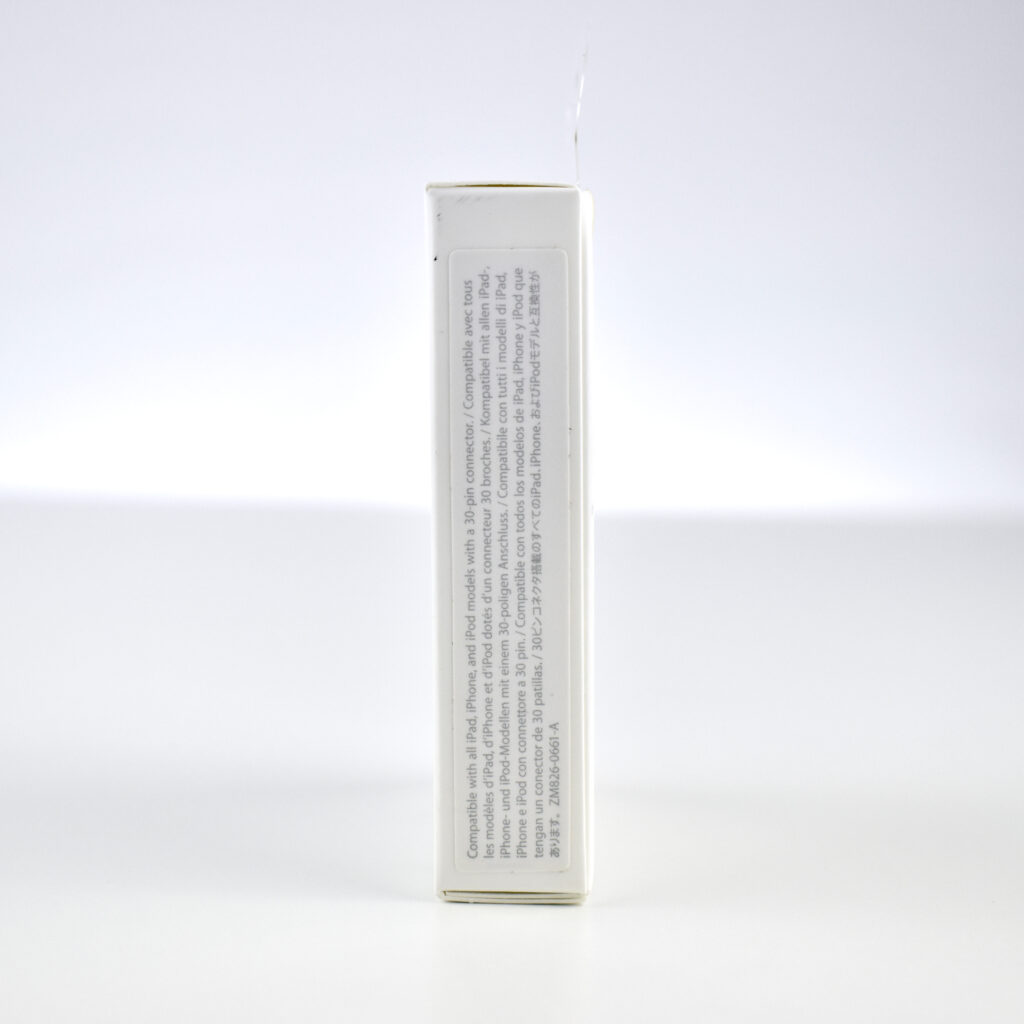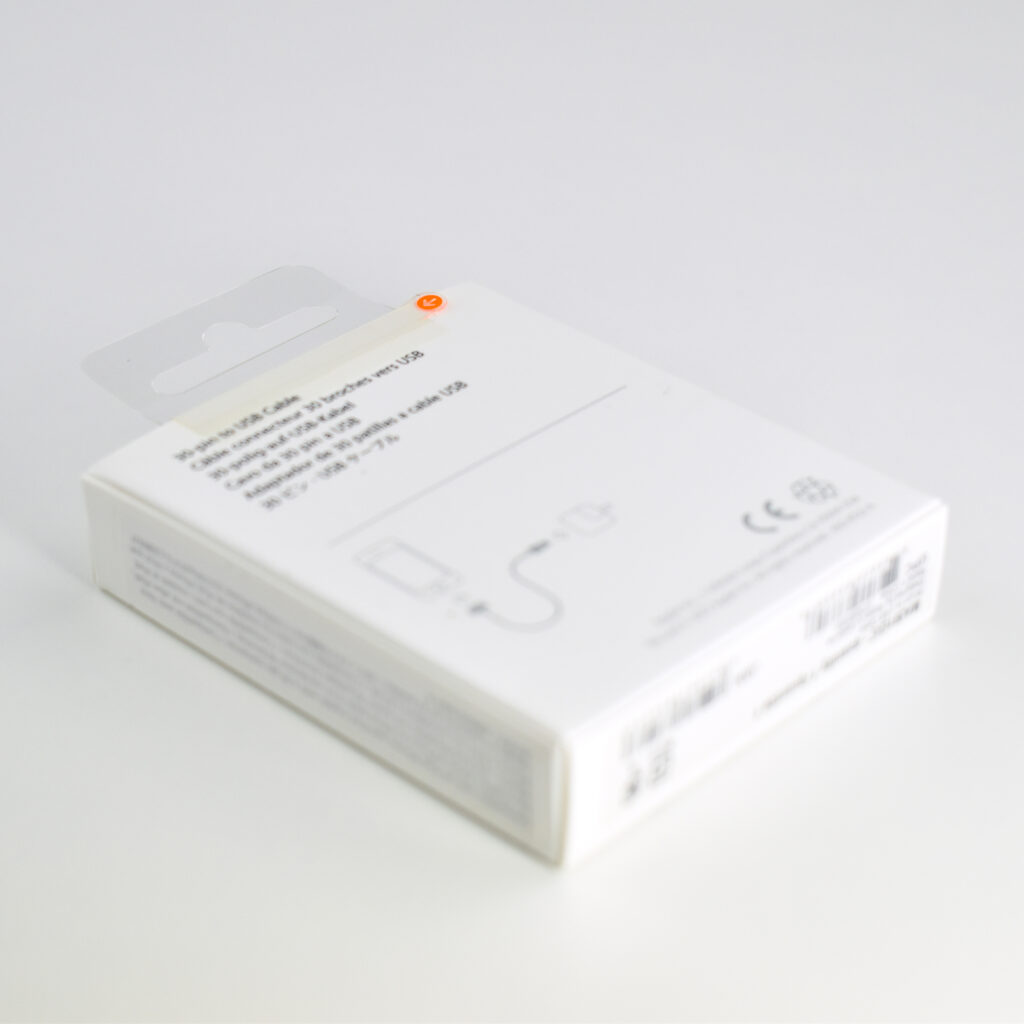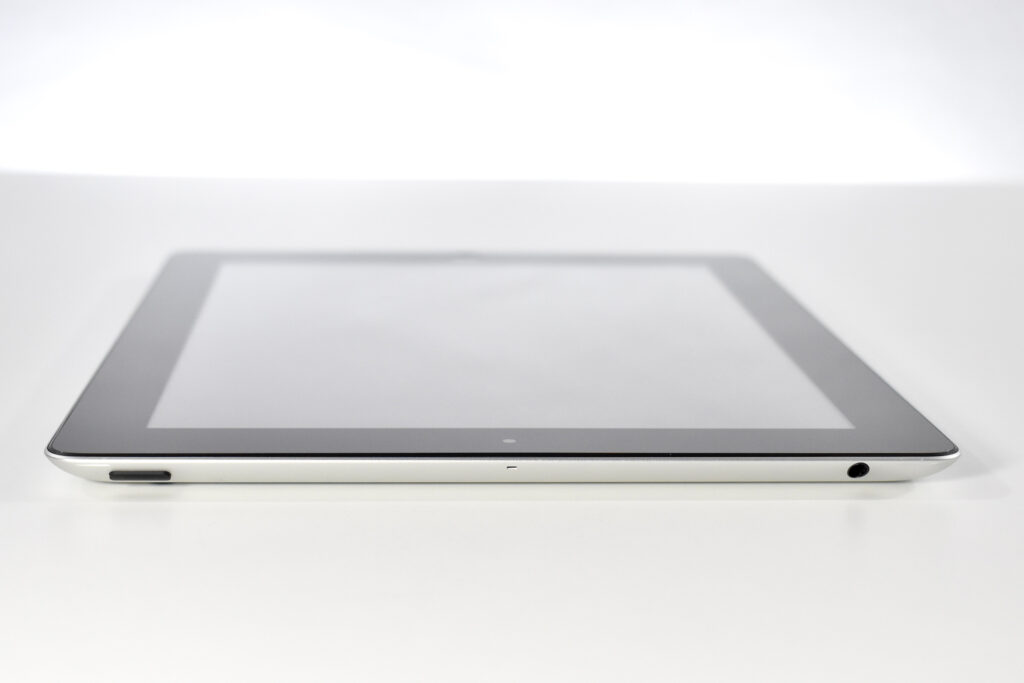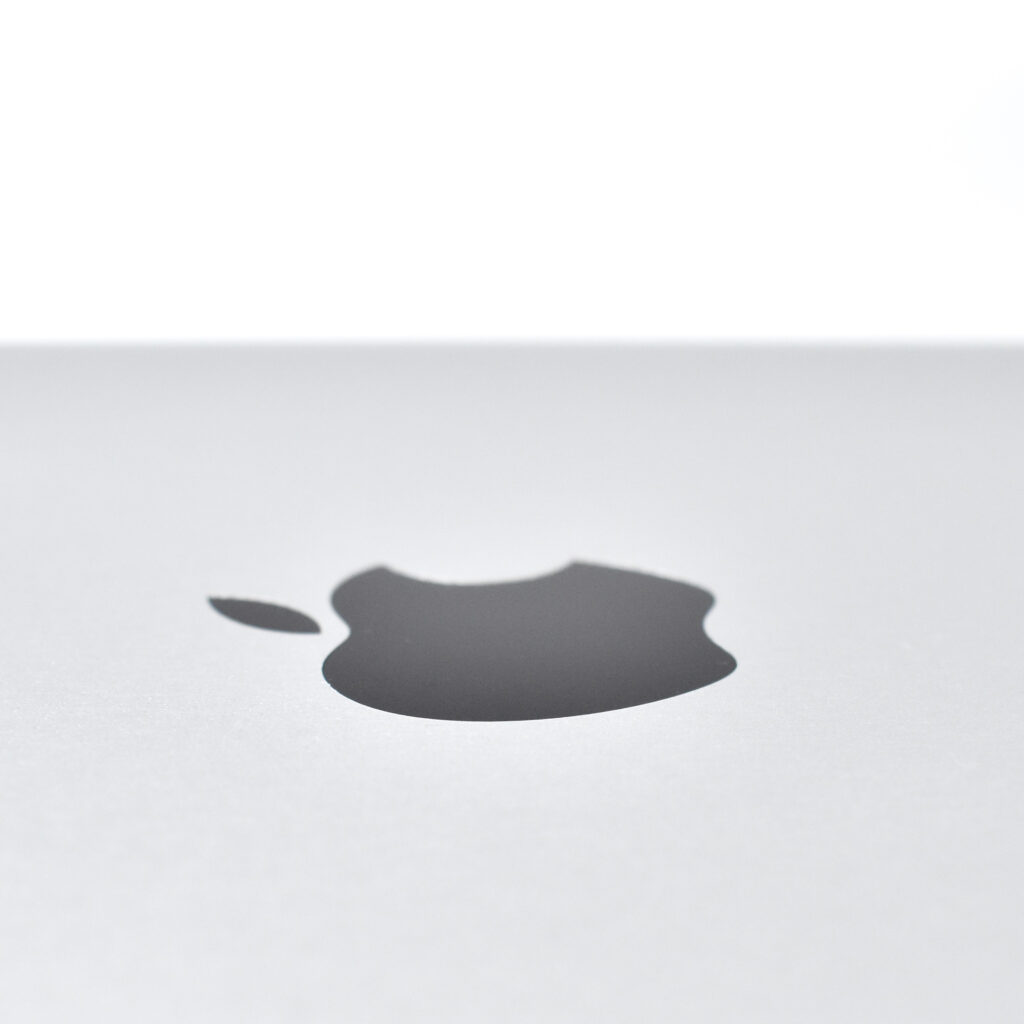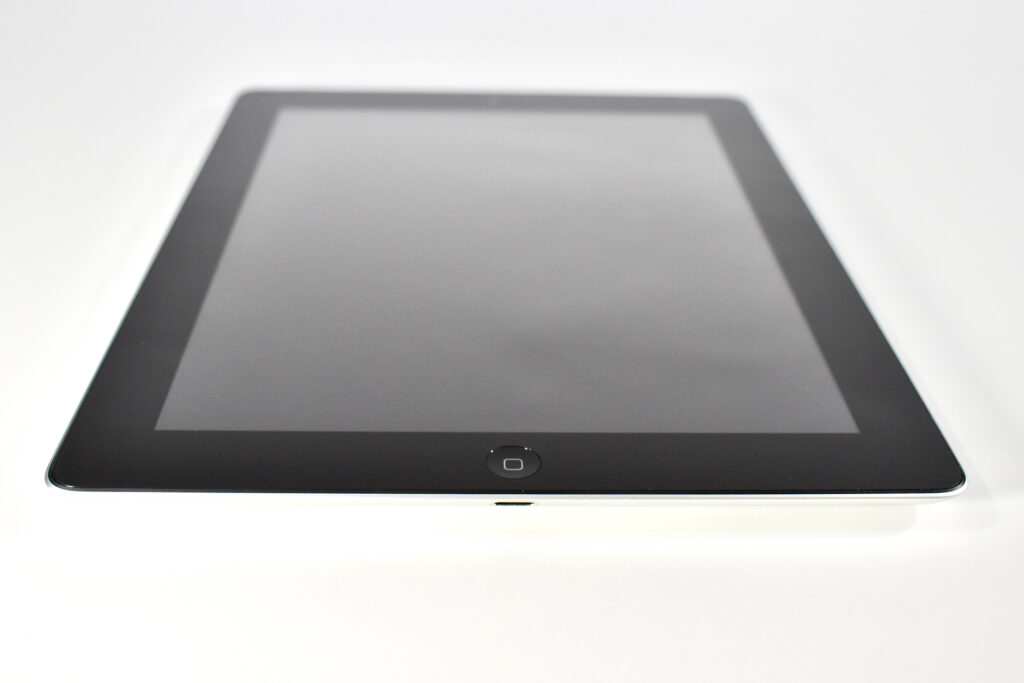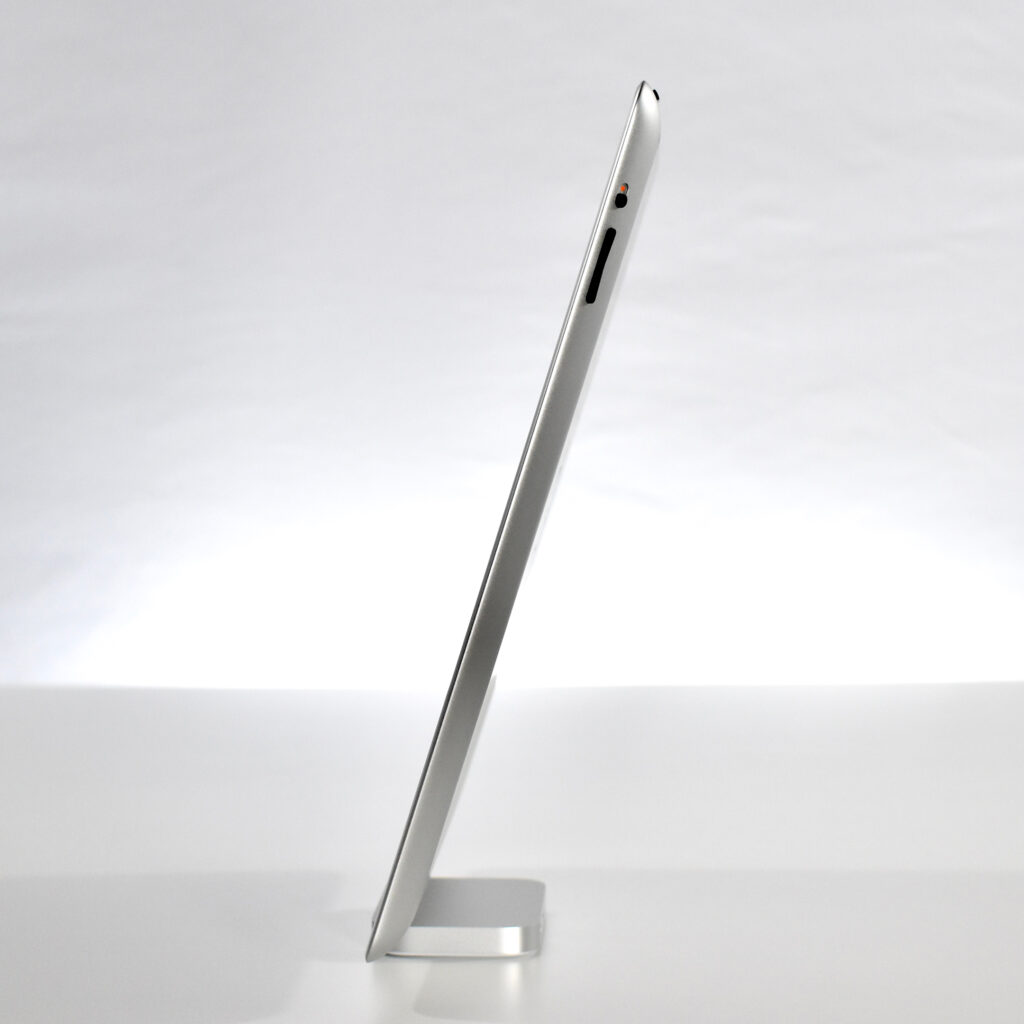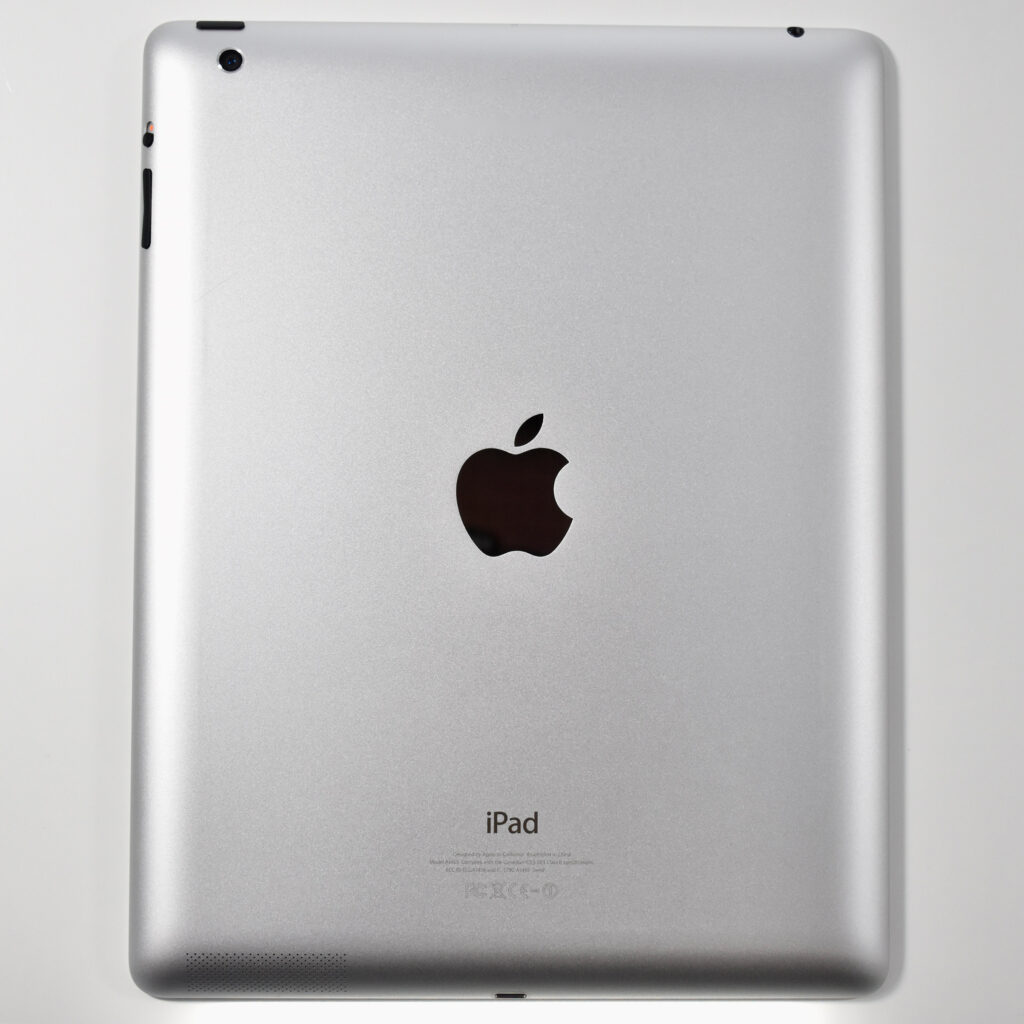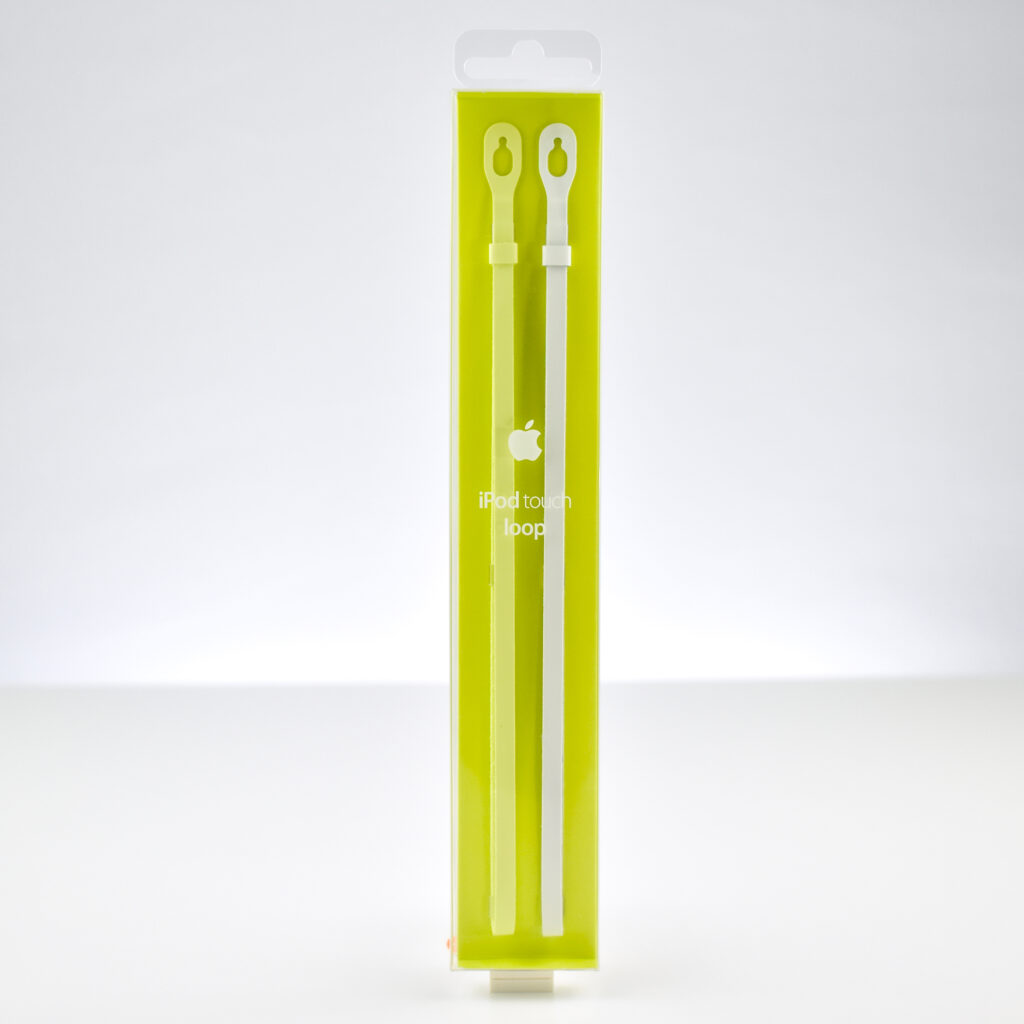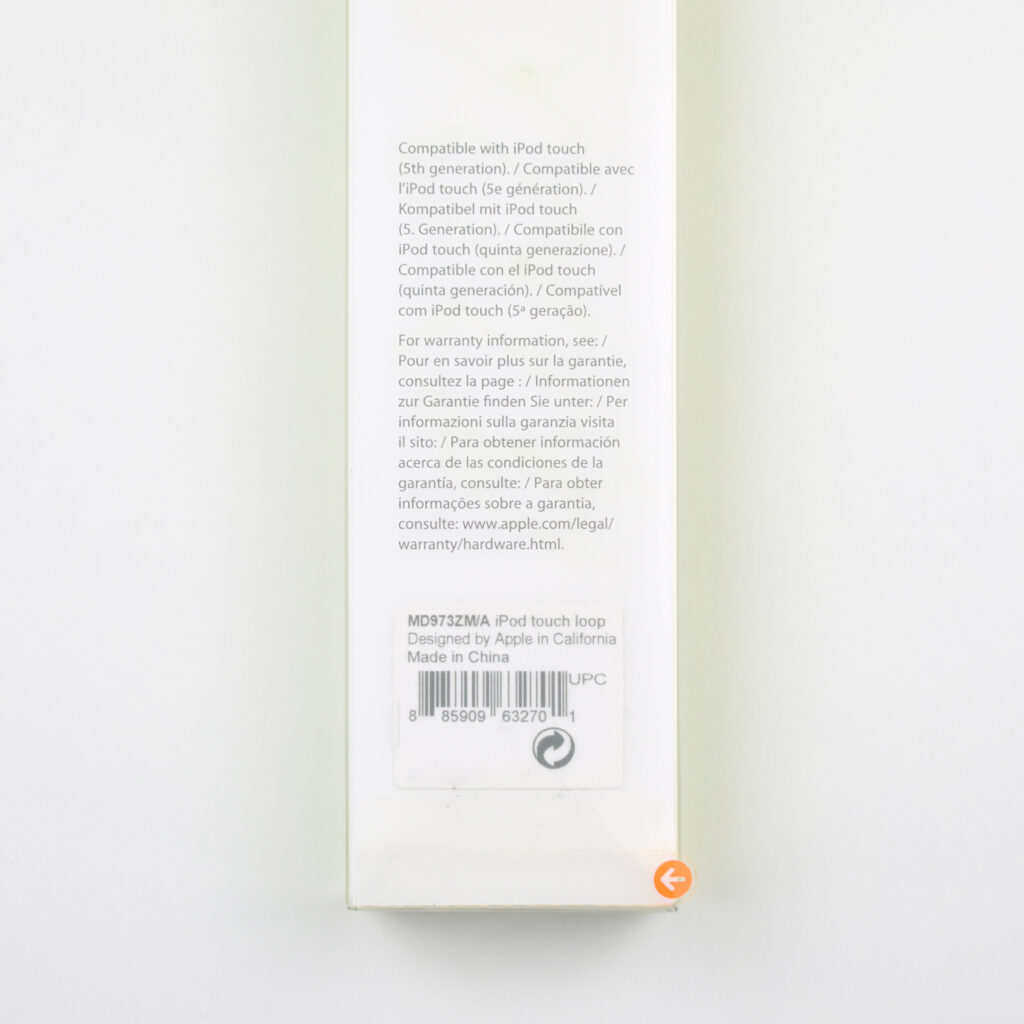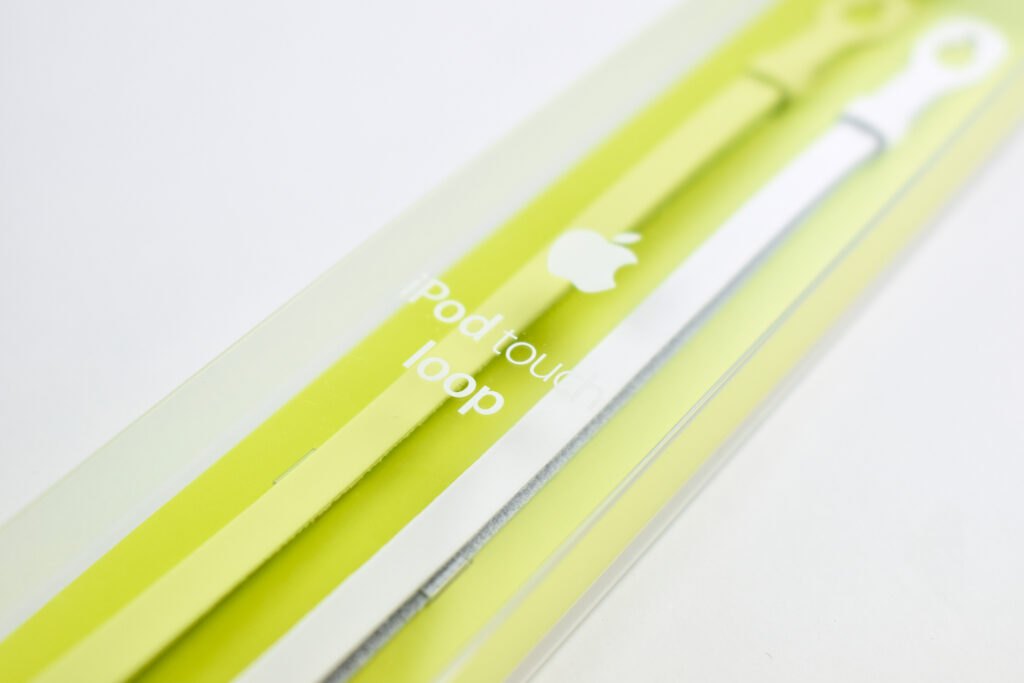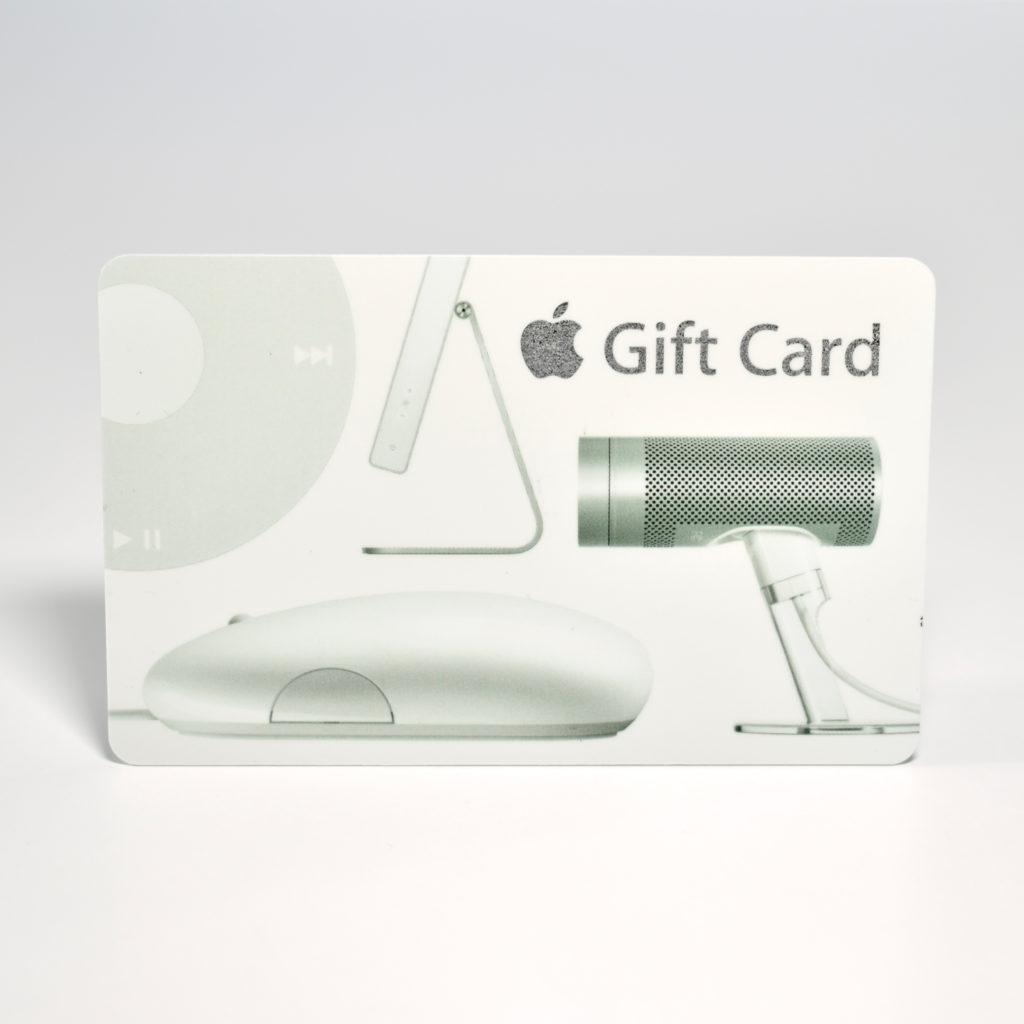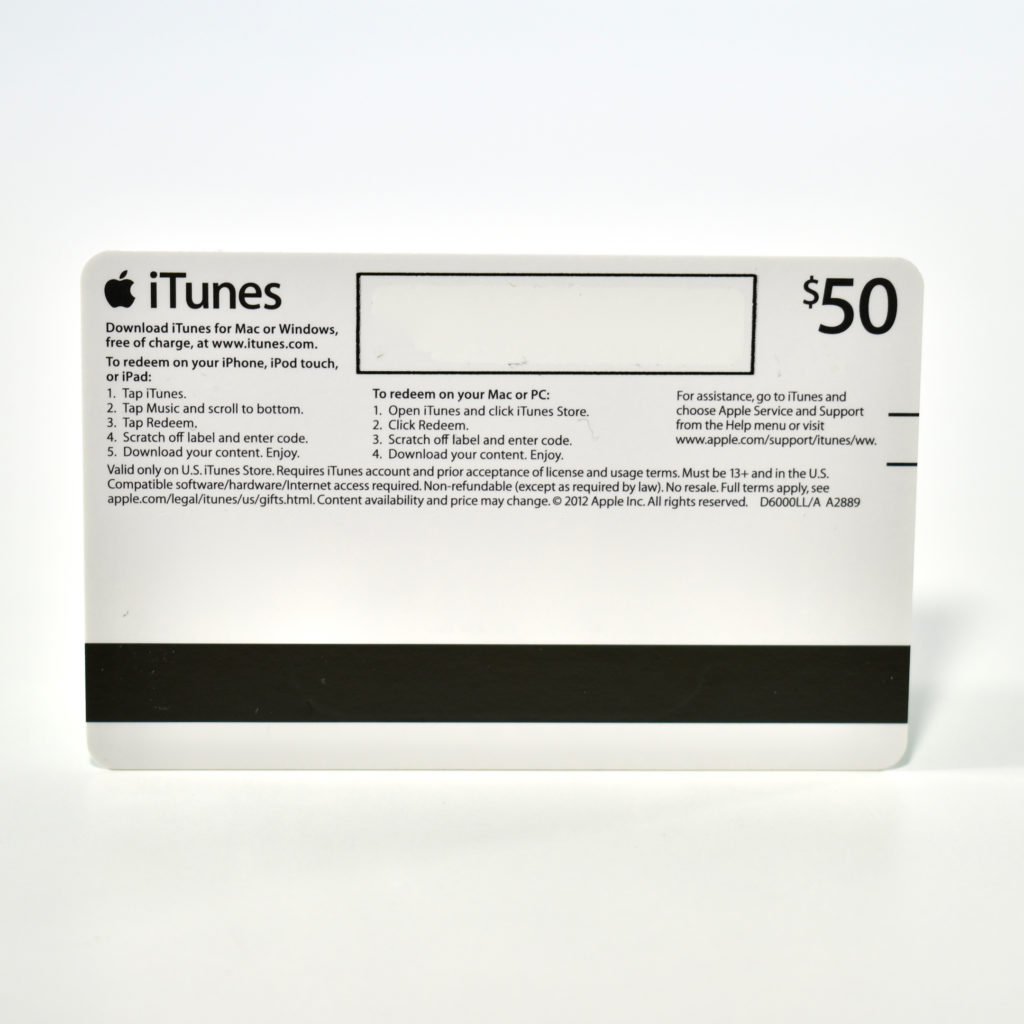Since the first Mac mini was released in 2005, all models have been compact, shipped without a display, keyboard, and mouse, and all have been relatively inexpensive.
The Mac mini (Late 2012) was described by EveryMac: “Compared to its predecessor, this model looks identical, but it has a faster internal architecture with a faster processor, faster graphics, faster RAM, and USB 3.0 ports.”
Its primarily aluminum case has a plastic bottom and measures 1.4 inches (3.6 cm) tall, 7.7 inches x 7.7 inches (19.7 cm) square, and weighs 2.7 pounds (1.22 kg).
The Mac mini (Late 2012) was offered with a 2.5GHz dual-core Intel Core i5 or 2.3GHz quad-core Intel Core i7 processor. It shipped with a 500GB or 1TB (5400-rpm) hard drive.
For a compact case, it had many physical plug options: Thunderbolt, FireWire 800 port, 4 USB 3 ports, HDMI, SDXC card slot, gigabit ethernet port, and audio in/out. Its 3 wireless interfaces included 802.11n Wi-Fi, Bluetooth 4.0, and an IR receiver.
This Mac mini shipped with OS X Mountain Lion.
Sources: EveryMac, Wikipedia, Apple















































